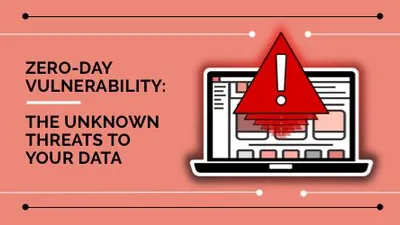ZERO-DAY VULNERABILITY
A zero-day vulnerability, also known as a zero-day exploit, is a type of software vulnerability that is unknown to the software vendor or developer. The term "zero-day" refers to the number of days that have passed since the vulnerability was discovered and made known to the public. As the vulnerability is unknown, there is typically no patch or fix available for it, leaving systems exposed to potential attacks.
These vulnerabilities can be found in a wide range of software, including operating systems, browsers, and applications. They can also exist in hardware, such as routers, IoT devices and other network devices.
Hackers and cybercriminals often seek out zero-day vulnerabilities in order to exploit them for their own gain. This can include stealing sensitive information, installing malware on a victim's system, or even disrupting entire networks.
One of the key challenges with zero-day vulnerabilities is that they can be difficult to detect. They are unknown to the software vendor, so traditional security software may not be able to detect them. Additionally, because the vulnerabilities are unknown, it can be difficult to develop a patch or fix for them.
To protect against zero-day vulnerabilities, organizations can employ a number of different strategies. These include the use of intrusion detection and prevention systems, regular software updates and patch management, and employee education and awareness training. Additionally, organizations can also invest in threat intelligence services, which can provide them with early warning of new vulnerabilities, giving them time to take action before an attack occurs.
Overall, zero-day vulnerabilities are a serious threat to the security of computer systems and networks. They are unknown to the software vendor, leaving systems exposed to potential attacks. It is important for organizations to be aware of the risks associated with zero-day vulnerabilities and to take steps to protect against them.



Comments
Post a Comment